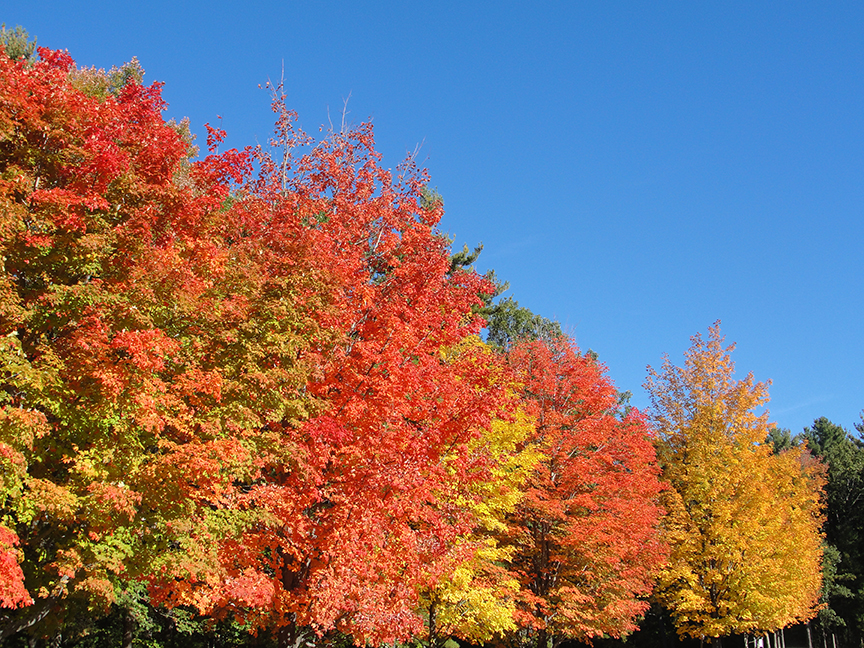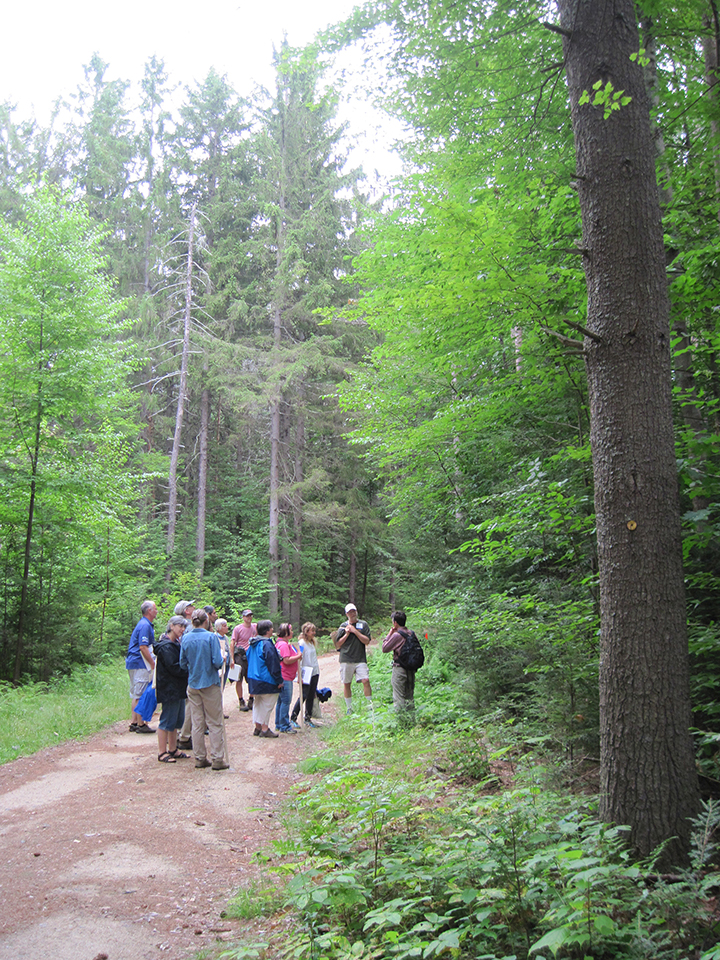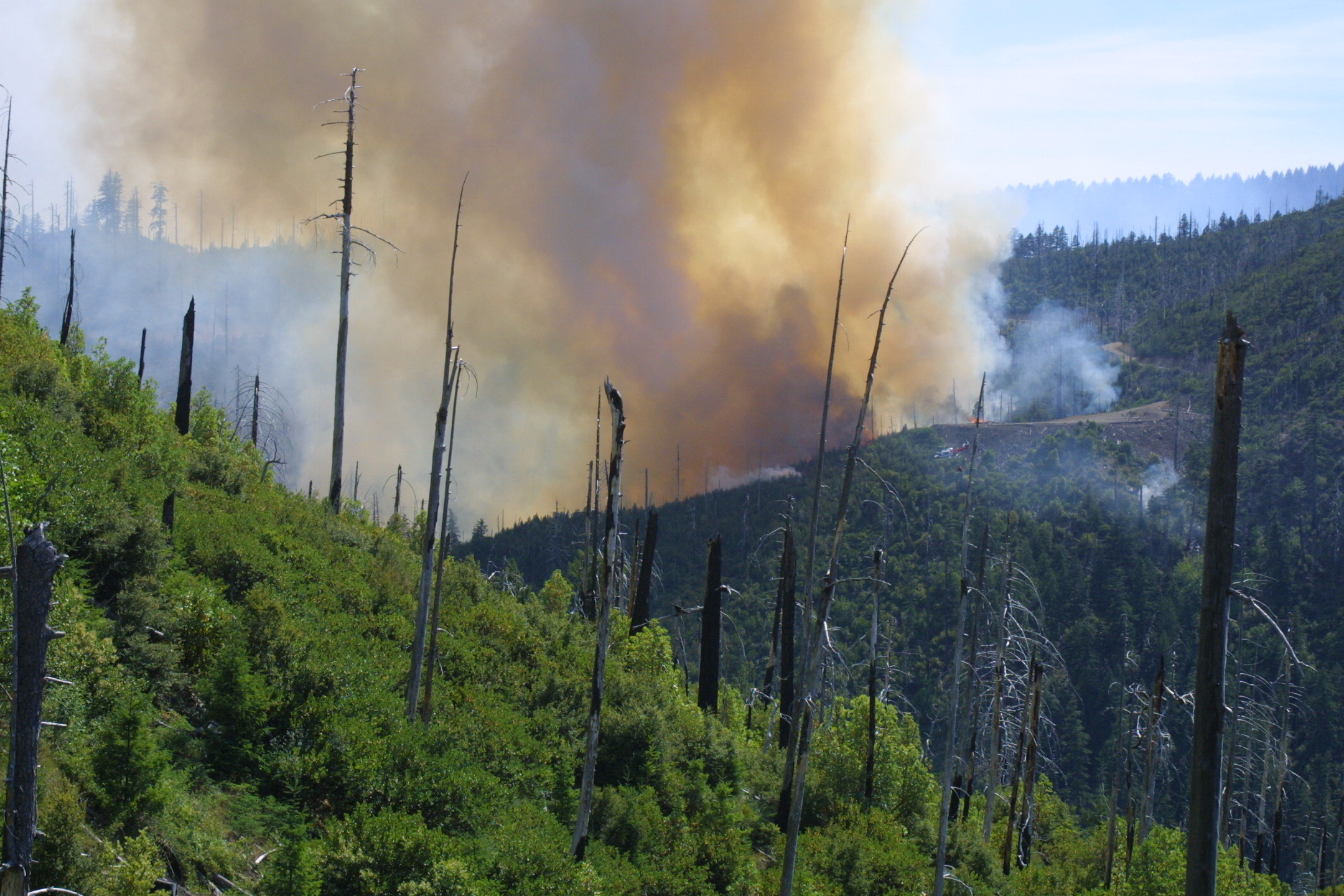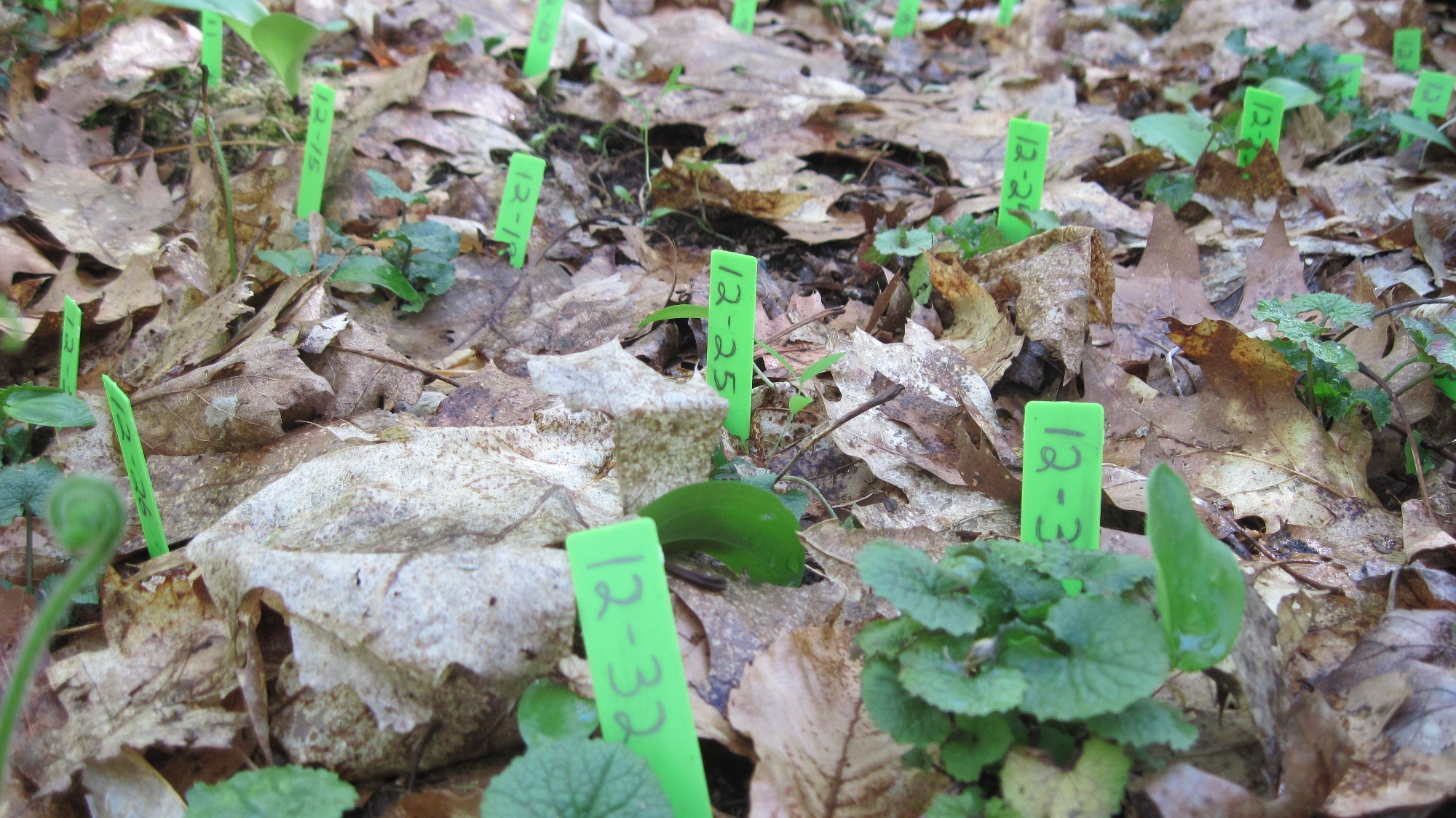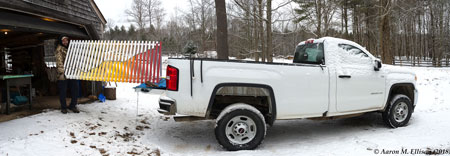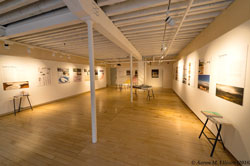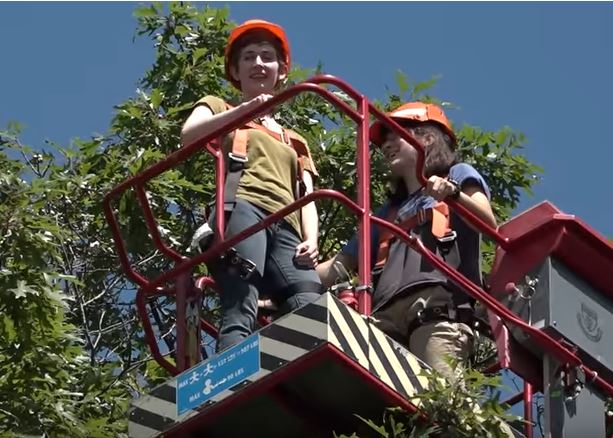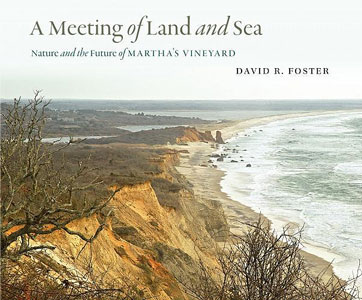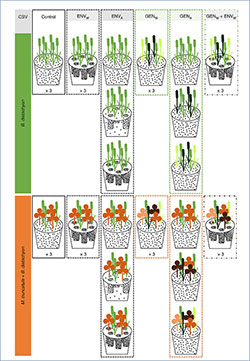We are pleased to announce the Harvard Forest Charles Bullard Fellows for 2018-2019. The mission of the Bullard Fellowship Program is to support advanced research and study by individuals who show promise of making an important contribution–either as scholars or administrators–to forestry and forest-related subjects, from biology to earth sciences, economics, politics, administration, law, and the arts and humanities.
| FELLOW | INSTITUTION | RESEARCH AREA |
| Timothy Cook
& Noah Snyder |
Worcester State University
Boston College |
Paleoecology data synthesis investigating the causes and impacts of Holocene climate and environmental change |
| Linda Deegan | Woods Hole Research Center | Impacts of human land use, invasive forest pests, and climate change on aquatic ecosystems |
| Susan Masino | Trinity College | Scholarly review of data linking forests and brain health |
| Justin Maxwell | Indiana University | Dendrochronology: Examining species-specific drought response in eastern US trees |
| Robin Sears | Hampshire College | Science-policy nexus in forestry; connecting lessons about forest management by small-scale timber producers in the Northeast for application in South America |
| Thomas Sherry | Tulane University | New book integrating ecological and evolutionary approaches to competition and community structure in birds |
Browse highlights of recent Bullard Fellows:
